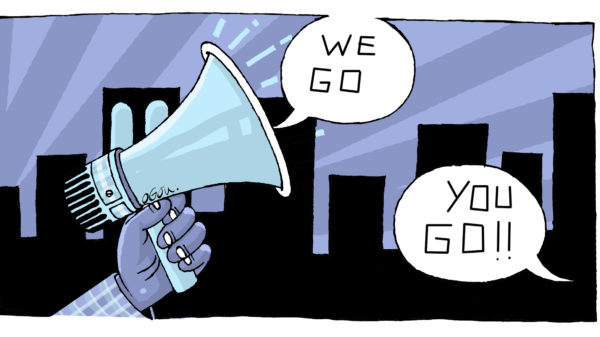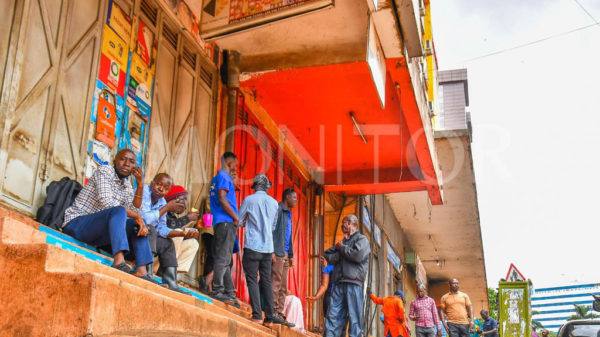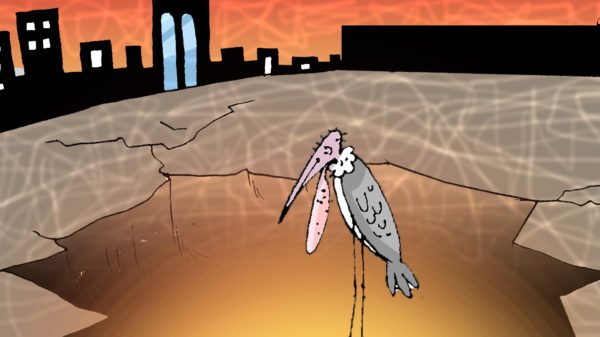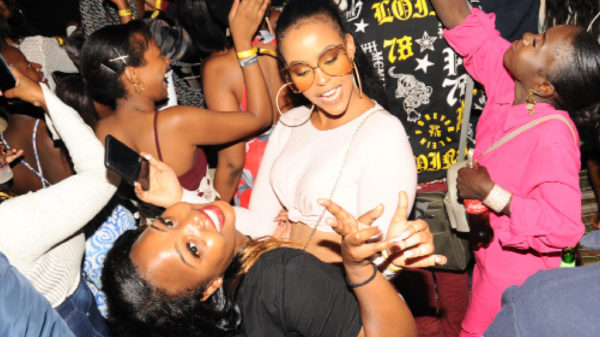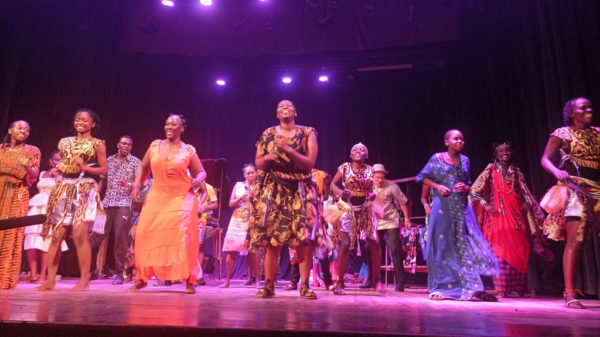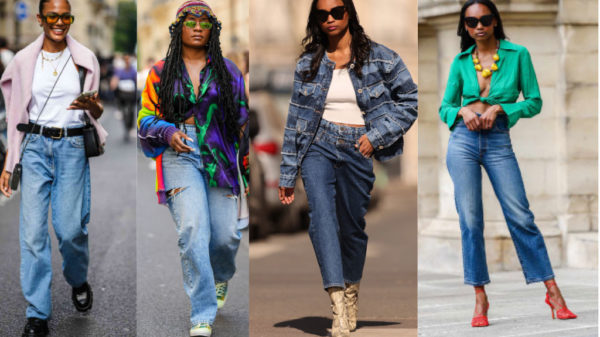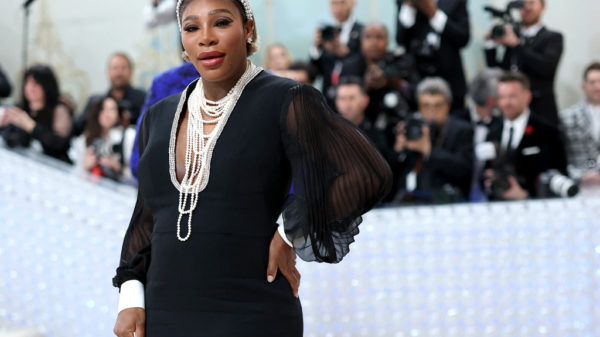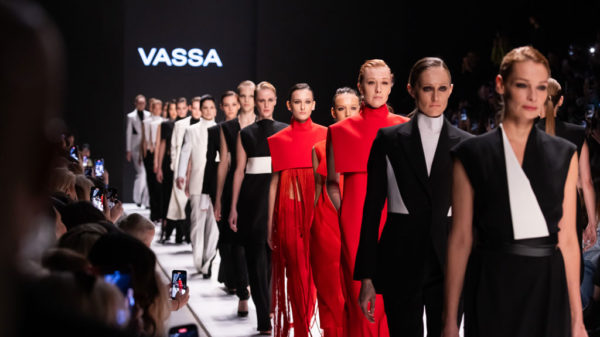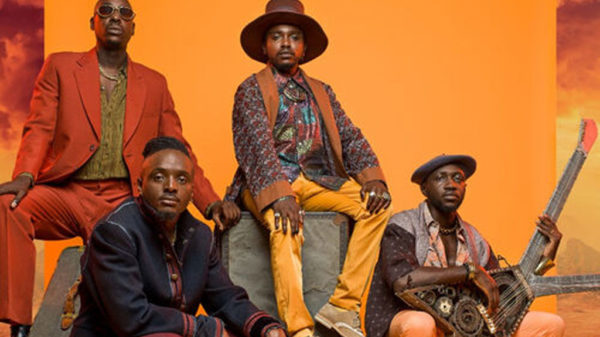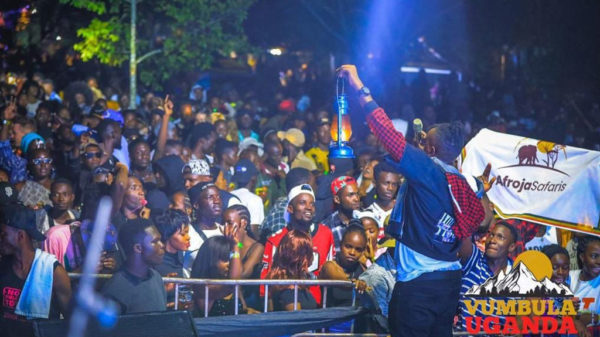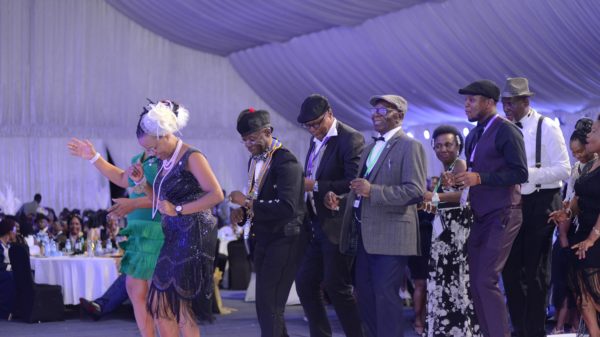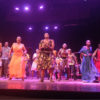
Musician Edrisa Musuuza, alias Eddy Kenzo, performes at a function in Entebbe on May 7. Analysts say a ban on live and public performance due to Covid-19 restrictions severely affected revenues for artistes. PHOTO | ABUBAKER LUBOWA
In its latest annual global collections report, the International Confederation of Societies of Authors and Composers (CISAC) warns that—more than two years after it first struck—the Covid-19 crisis is by no means over for the creative sector.
It is now clear that the impact of Covid-19 will be felt long into 2022, possibly even until 2023.
“The anti-Covid social distancing restrictions put in place in most countries have had long-term impacts on the live sector,” the CISAC’s Global Collections Report 2021 reads in part, adding: “They have also encouraged new practices in the digital space, which have spread widely and will outlast the pandemic.”
The report studies the main income sources of creators, how they continued being impacted in 2021 and when they are expected to recover from the pandemic.
The data-driven market study zooms in to CISAC member societies. The report comes with a caveat that it captures a sliver of how the pandemic impacted individual creators.
According to the report, worldwide royalty collections for creators of music, audiovisual, art, drama and literary works fell by 9.9 percent in 2020. Losses amount to more than €1b (Shs3.2 trillion) as a result of the pandemic.
Total collections fell to €9.32b (Shs36 trillion) as lockdown measures saw live and public performance revenue nearly halve across the world, the report adds.
“The decline was partly mitigated by a strong rise in digital royalties, reflecting the sharp increase in audio and video streaming consumption worldwide and strong licensing activity by many of CISAC’s member societies around the world,” the report says.
According to the report, live and public performance—representing 17 percent of all income in 2020—have most been impacted by the pandemic. These revenue streams saw their value plummet 45.4 percent, from €2.9b (Shs11.1 trillion) to €1.6b (Shs6.1 trillion) in 2020. Digital collections, meanwhile, rose 16.6 percent to €2.4b (Shs9.2 trillion).
According to the Uganda Performing Right Society Annual Report 2020, royalty collections dwindled because of the sustained Covid restrictions on the entertainment industry. Royalty collections fell from Shs660m to Shs225m, representing a 66 percent decline.
Ugandan context
On a positive note, the Uganda Performing Right Society (UPRS) registered a net membership growth of 65 percent as the music repertoire grew by 53 percent.
“By mid-2020, royalty collections dwindled because of the sustained Covid restrictions on the entertainment industry,” Kabiito Karamagi, the UPRS board chairperson, writes in the 2020 report, adding: “The society’s savings continued to shrink… It is, therefore, a sad and unfortunate reality that the society will go another year without making any distributions because of dwindling collections.”
Efforts by Sunday Monitor to get the latest figures from the UPRS chief executive officer, Mr Antony Mwandha, were futile by press time.
Broadcast remains the largest single source of global royalty collections, accounting for 40 percent of collections in 2020. Collections from TV and radio fell to 4.3 percent from €3.9b (Shs15 trillion) to €3.7b (Shs14.2 trillion) in 2020. Music collections—comprising 88 percent of the total—declined 10.7 percent to €8.19b (Shs31.4 trillion).
The report
The report analyses the varied impact of Covid-19 by region and sector; the vital role of long-term government support; and direct measures for creators by societies; the continuing losses caused by lockdowns in 2021; and the outlook for recovery in 2022.
The report shows how Covid has accelerated the shift to digital in the usage mix of creators’ royalties.
But the large majority of creators are still earning marginal income from digital, which represents just over one quarter of collections globally.
The CISAC president, Mr Björn Ulvaeus, says: “Today, creators work in an inequitable eco-system. If we accept that the song—or the creative work of any repertoire—is the foundation of our creative industries, why do we then accept the near-invisibility of the creator in the commercial value chain?”
“When I took on the presidency of CISAC in May 2020, the subjugation of the creator was already a massive issue. Then Covid struck, highlighting two things. First, that streaming is fast heading towards being the most important source of creators’ earnings in the future. And second, that streaming revenues, however fast they grow, are currently simply not providing a fair reward when shared across millions of individual recipients,” Mr Ulvaeus, who is a member of the famous Swedish pop group Abba, adds.
Gadi Oron, the CISAC drector general, notes that the pandemic “sent collections sliding downwards…after many years of steady growth.”
He also concedes that “the pandemic has been a catalyst for change, accelerating a transition to digital that will not be reversed.”
CISAC is the world’s leading network of authors’ societies (also referred to as Collective Management Organisations, or CMOs).
With 228 member societies across 120 countries, CISAC represents more than four million creators of music, audiovisual, drama, literature, and visual arts.
Live and public performance
After a year choked by lockdown, theatres and music venues have slowly started to reopen from the second quarter of 2021.
The report notes that “density restrictions, track-and-trace protocols, testing regimes and Covid vaccine certification passes” remain ‘bottlenecks.’
“For as long as the pandemic continues, organisers will have to offer Covid-19-compliant event formats with extensive hygiene and distancing rules,” the report says.
Performers also remained severely affected by travel restrictions during 2020 and 2021. Large-scale performances, which are the main source of live music royalties for songwriters, completely disappeared until at least the third quarter of 2021.
“Covid-19 put a halt on performances, which was a huge challenge given many of us lost revenue streams and it also felt like losing a limb. However, we learn to adapt and find a way of creating through it all as well,” the Ugandan singer-songwriter, guitarist and music producer J.C. Muyonjo told Sunday Monitor.
Read full story via https://www.monitor.co.ug/uganda/special-reports/how-covid-altered-the-music-industry-s-tune-3823466










